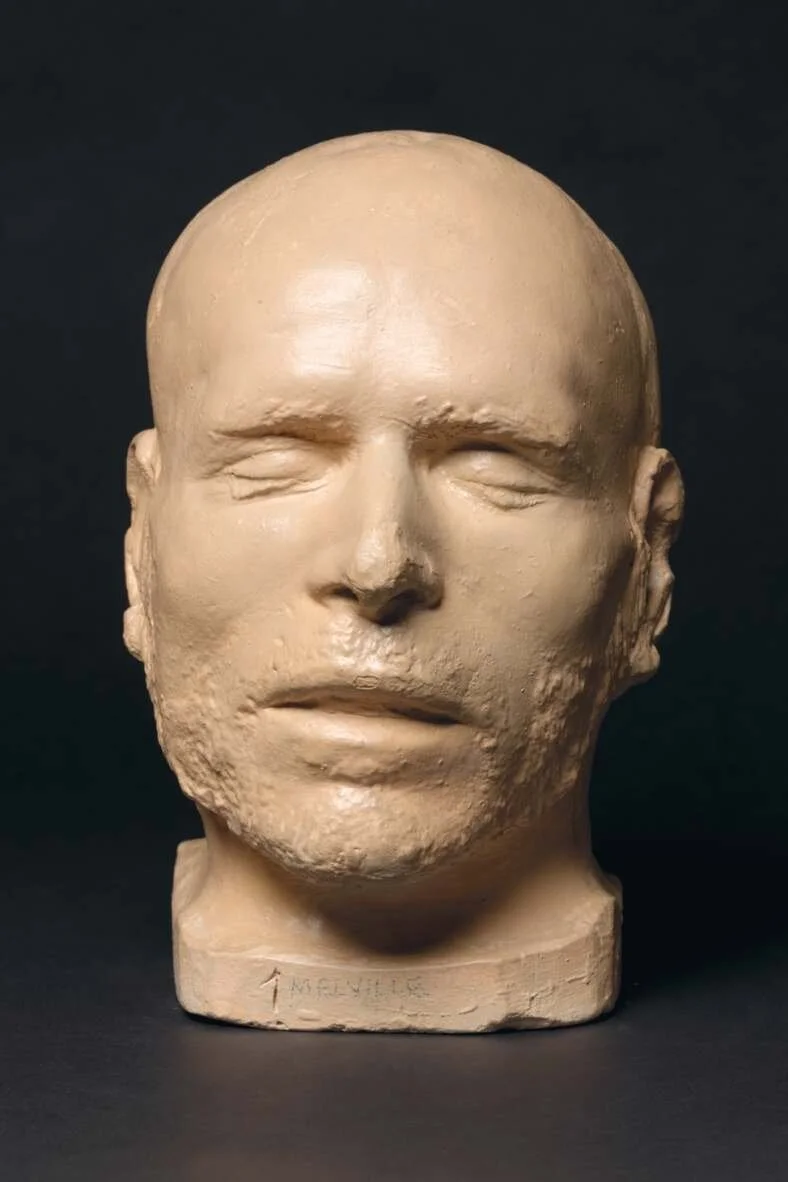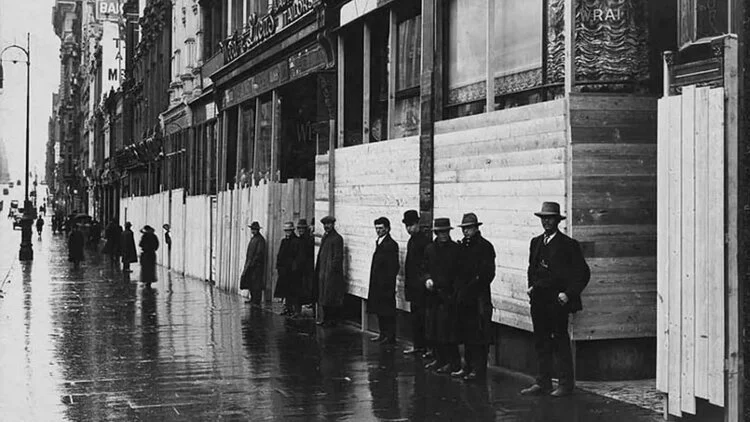The gruesome display
In 1853, George Melville, a bush ranger, held up a private transfer of gold near Kyneton in Victoria.
The Victorian gold rush only lasted some 20 or so years but completely transformed the colony of Victoria, leading to the building of both personal fortunes and exquisite buildings all over Melbourne. The central goldfields were so rich in gold that the world’s biggest alluvial gold nugget the “Welcome Stranger” (a replica of which is in the Parliament of Victoria) was found only 3cm below the surface under a tree. There was so much gold in Victoria that a gold nugget weighing 109 kg, 60cm long by 31cm wide and worth over $4.5m in today’s dollars was just lying there barely below the surface.
Gold was big business and a big income earner for the government so the government provided an official armed escort for the safe transfer of gold back to Melbourne but it was cumbersome and bureaucratic so private operators organised their own much speedier but less secure escorts. On 20 July 1853 a party of bush rangers, George Melville being one of them, attacked one of these private gold escorts near Mia Mia in Victoria as it travelled to Kyneton.
Four of the six escort guards were shot and injured (two seriously) and the remaining pair fled to McIvor to seek assistance. Melville and crew made off with about £10,000 worth of cash and gold, and fled into the bush. Melville wanted to make his way off to Madagascar but was arrested in August in Melbourne.
Melville and most of his crew (one escaped and was never seen or heard from ever again) were tried in Melbourne and sentenced to death by hanging for the robbery. At the trial the guards gave evidence that many more men were involved than were arrested but the others have never been identified- rumoured to have become shipwrecked as they returned to England.
Melville was hanged at the old Melbourne Jail on 3 October 1853. Proving that justice moves fast when it wants to. A death mask was made of Melville, as was custom, and that was the end of his natural life. His wife, a certain Mrs Melville who was the proprietor of an oyster shop on Little Bourke Street was understandably devastated.
Hers wasn’t the type of fancy oyster shop that might be found on Little Bourke Street now, this was a dive place selling cheap protein. Oysters were not the expensive delicacy they’re considered to be now, they were common food for the poor because they were so abundant.
The Yarra river and Port Phillip Bay have been an important source of food, shelter, transport, ceremony, and recreation for Millenia. The Kulin Nations used the river and the bay that Melbourne is now on for a very long time. Longer, so, so much longer than the existence of the Great Wall of China, Stonehenge, the Pyramids, the Colosseum, the Parthenon, and Machu Picchu combined. Many more thousands of years longer.
Oysters, particularly our native Angasi Oysters, were found on reefs that covered a quarter of Port Phillip Bay and were a critical part of the ecology of the Bay. The oysters created shellfish reefs that attracted mussels and other marine creatures. This is why the Kulin Nations looked after this place, it was a reliable source of food that was now being sold cheap on Little Bourke Street.
The colonisers dredged so many oysters from the bay that they depleted the reefs not long after arriving, they ate the oysters and used the shells for cement. Colonisation completely wiped the abundant life in the bay, turning it into an underwater desert. There are plans currently underway to return the oysters back to the bay as they are critical in ensuring its health and water quality.
Mrs Melville, in her grief, convinced the prison to have George’s body released to her. Mrs Melville argued that she wanted to give her husband a proper burial, which is convincing enough as arguments go. Mrs Melville was also deeply unhappy at George’s treatment by the legal system so in grief she took his body and decorated it with flowers and with ribbons.
Mrs Melville then put George’s dead body on the window of her oyster shop on Little Bourke Street, Melbourne.
People loved it. The Myer Christmas Windows used to be so much more interesting. People flocked to see the show on offer. Given the opportunity to get up close and personal with a gaily decorated, real life, n’er do-good, for free, they came in force. Crowds gathered. Mrs Melville’s point was made and it created quite the stir. This little performance became known as the “Melville incident”.
After the Melville incident the bodies of imprisoned people that were executed at the Old Melbourne Gaol were buried in unmarked graves within the prison grounds. This was to avoid another Melville incident, the prison didn’t want bushrangers to be made famous so they were all buried in house. Like the body of one certain Ned Kelly would be some 27 years later.
PS: The RMIT Law School, my law school, is now in the old yard of the Old Melbourne Gaol, the bodies of many a criminal were literally under my feet as I learned about criminal law.



